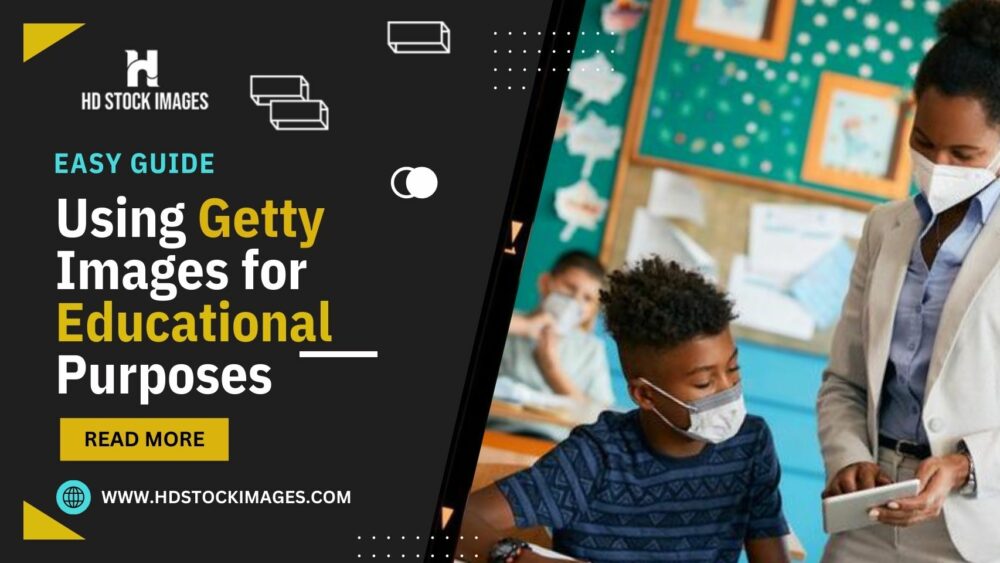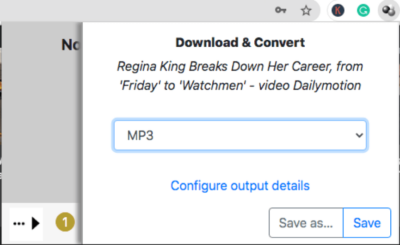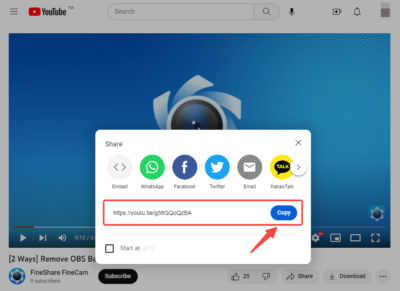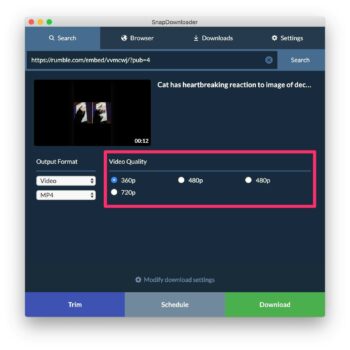1. Introduction
In the digital age, visuals play a pivotal role in education, making high-quality images indispensable for enhancing the learning experience. Getty Images, a renowned stock photo agency, offers an extensive collection of visuals suitable for educational purposes. However, to utilize these images responsibly, educators must navigate licensing terms, differentiate between commercial and educational use, and credit the creators appropriately.
This blog post will provide essential guidelines for using Getty Images in education, ensuring educators stay compliant with copyright laws. Additionally, we'll explore alternative sources for free images and emphasize the importance of selecting images that truly augment educational content, fostering a rich and engaging learning environment.
Also Read This: How Much Can I Earn on 123RF? Understanding Potential Income as a Contributor
2. Guidelines for Using Getty Images in Education
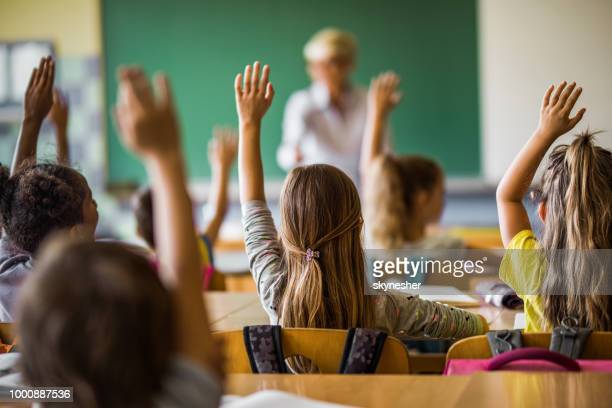
Using Getty Images in education requires adhering to specific guidelines to ensure compliance with copyright and licensing terms. Here's an explanation of these guidelines:
Read and Comply with the License Terms
When accessing Getty Images, each image comes with a specific license agreement outlining the terms of use. Some images may be royalty-free, allowing unlimited usage, while others might be rights-managed, requiring additional permissions for specific uses. Educators must carefully read and understand these license terms to avoid any infringement.
Differentiating Commercial vs. Educational Use
Getty Images often distinguishes between commercial and educational use. Educational use typically involves using images in classrooms, presentations, research papers, and non-commercial educational platforms. It is crucial to identify whether your intended use qualifies as educational to ensure proper usage.
Crediting Getty Images Properly
When using images from Getty Images, giving proper attribution to the image creators is essential. Check the license terms to see how attribution should be provided, and ensure it is prominently displayed wherever the image is used.
By following these guidelines, educators can confidently integrate Getty Images into their educational materials, respecting intellectual property rights and fostering an ethical approach to using visual content in the learning process.
Also Read This: App Lockdown: Turning Off Microsoft Authenticator App Lock
3. Finding and Choosing the Right Images
When searching for the right images to enhance educational content, educators need to be meticulous in their selection process. This section will provide a concise guide on finding and choosing the most appropriate images from Getty Images.
| Step | Description |
|---|---|
| 1. Define Your Needs | Identify the specific educational content or topic for which you need an image. |
| 2. Conduct a Search | Use Getty Images' search feature and enter relevant keywords or phrases. |
| 3. Refine Results | Utilize filters like orientation, color, size, and date to narrow down the search. |
| 4. Check Licensing | Review the license type (e.g., royalty-free) and any usage restrictions for each image. |
| 5. Evaluate Quality | Examine image resolution, clarity, and relevance to ensure it complements your content. |
| 6. Assess Suitability | Confirm that the image aligns with the age group, educational level, and context. |
| 7. Preview & Compare | Preview images at different sizes and compare multiple options to make an informed choice. |
| 8. Download & Save | Download the selected image, adhering to the license terms, and save it for your use. |
By following these steps, educators can efficiently find and choose appropriate images from Getty Images that enhance the educational materials and engage students effectively. Remember to always respect the licensing terms and give proper attribution when required.
Also Read This: Photo Purge: How Do I Delete All My Photos on Photobucket
4. Alternatives to Getty Images

While Getty Images is a popular and reputable source for high-quality visuals, there are several alternatives available for educators to explore. Here's an explanation of some viable options:
Free Stock Photo Websites
Websites like Unsplash, Pixabay, and Pexels offer a vast collection of high-quality images that are free to use for educational purposes. Educators can access a wide range of visuals without worrying about licensing fees.
Creative Commons Resources
Platforms like Flickr and Wikimedia Commons host images under Creative Commons licenses. These licenses allow creators to share their work while specifying the terms of use. Educators can find and use images that align with their intended educational purposes.
In-House and Student-Created Content
Engaging students in the creative process can lead to original visual content for educational materials. Encouraging students to take photographs, design graphics, or create illustrations can enhance their learning experience while providing authentic visuals for classroom use.
Educational Institution Libraries
Some educational institutions maintain their image libraries, featuring visuals tailored to educational needs. These curated collections often comply with copyright and licensing regulations.
Public Domain Archives
Public domain archives, such as the Library of Congress's digital collection, contain historical images and artworks that are free from copyright restrictions. These resources can add a unique historical perspective to educational materials.
By exploring these alternatives, educators can find an array of visuals to complement their educational content while ensuring they abide by copyright and licensing requirements.
Also Read This: Introducing Our Bandcamp MP3 Downloader with Practical Tips
5. Best Practices for Using Getty Images in Education
Using Getty Images in education requires adherence to best practices to ensure legal and ethical use of the visual content. Here are some essential guidelines for educators:
Educational Use Only
Ensure that images from Getty Images are used solely for educational purposes, such as classroom presentations, research papers, or online educational platforms. Avoid using images for commercial ventures or any unauthorized activities.
Read and Comply with Licensing Terms
Thoroughly review the specific license terms for each image. Understand the usage rights, restrictions, and any requirements for attribution. Adhere strictly to these terms to avoid copyright infringement.
Provide Proper Attribution
Whenever required, give appropriate credit to the image creators by providing clear and visible attribution. Follow the guidelines specified in the license agreement for the correct format of attribution.
Select Images Releva to Educational Content
Choose images that align with the educational material's subject matter and objectives. Relevant visuals enhance learning experiences and help students better understand the concepts.
Limit the Number of Images
Avoid excessive use of images that could distract from the educational content. Use visuals sparingly to supplement the material rather than overpower it.
Encourage Student Interaction
Engage students in discussions about the images used in the learning materials. Encourage them to analyze, interpret, and critically think about the visuals of the subject matter.
Promote Original Content Creation
Whenever possible, encourage students to create their visuals. This fosters creativity and empowers students to express themselves while respecting intellectual property rights.
Regularly Review Images Use
Periodically review the usage of Getty Images in educational materials. Ensure that images are still relevant, appropriately attributed, and within the scope of the license terms.
Educate Students about Copyright
Teach students about copyright laws and the importance of respecting intellectual property. This cultivates responsible digital citizenship and encourages the ethical use of visuals.
Explore Diverse Perspectives
Use images that represent diverse cultures, backgrounds, and perspectives to promote inclusivity and cultural understanding within the educational environment.
By following these best practices, educators can effectively incorporate Getty Images into their teaching materials while demonstrating responsible and ethical use of visual content in education.
Also Read This: Can I Hide a Project in Behance? Everything You Need to Know
6. Educating Students on Image Usage and Copyright
Educating students on image usage and copyright is a vital aspect of their digital education. It involves teaching them how to responsibly and legally use images from sources like Getty Images in their academic work. By instilling knowledge of image attribution and copyright compliance, we equip students with the skills needed to be responsible digital citizens.
Importance of Digital Citizenship
Digital citizenship encompasses a range of skills and values that students need to navigate the online world responsibly. Understanding copyright laws and respecting intellectual property is a fundamental aspect of being a good digital citizen. By educating students about copyright, we foster values such as integrity, honesty, and respect for the creative work of others.
Classroom Activities on Image Attribution
- Image Scavenger Hunt: Organize a scavenger hunt where students search for images online, assess their copyright status, and determine their suitability for educational use. Guide them in properly attributing the images they find.
- Copyright Quiz: Conduct a fun quiz to assess students' knowledge of copyright and fair use. Use image-related scenarios to prompt discussions about ethical decision-making.
- Image Attribution Poster: Have students create posters illustrating the importance of image attribution and the consequences of copyright infringement. Display these posters in the classroom or school to raise awareness.
- Creative Commons Workshop: Introduce students to Creative Commons licenses, which allow content creators to share their work under specific terms. Help them understand how to find and attribute images under different Creative Commons licenses.
- Image Remix Project: Encourage students to create their own original digital artwork by remixing images from various sources, including Getty Images. Emphasize the importance of obtaining images with appropriate licenses and giving credit to the original creators.
Michael Nagle/Getty Images
Wall Street Journal higher education reporter Melissa Korn ripped into her own publication’s opinion side on Saturday, following the WSJ running an op-ed critical of soon-to-be First Lady Dr. Jill Biden using “Dr.” https://t.co/SzwKGolDBe pic.twitter.com/x1F4yaVBbC— ENM News (@Newsenm) December 13, 2020
By incorporating these activities into the curriculum, educators can effectively teach students about image usage and copyright in a practical and engaging manner. Moreover, fostering a classroom environment that values responsible image use will have a positive impact on students' online behavior beyond the classroom setting.
Also Read This: Insights into Popular and Profitable Content: Getty Images’s Best Selling Images
7. Case Studies: Successful Educational Projects Using Getty Images
| Case Study | Educational Project Description | Getty Images Utilization |
| Study 1 | History Presentation | A history teacher created a presentation on the American Revolution for high school students. The presentation covered key events, historical figures, and primary source analysis. |
| Study 2 | Environmental Science Project | Middle school students worked on a group project about renewable energy sources and their environmental impact. The project involved research, data analysis, and presenting findings to the class. |
| Study 3 | Literature Book Report | Elementary students were tasked with creating book reports for their favorite stories. Each student chose a different book, ranging from classic fairytales to modern adventures. |
These case studies demonstrate how Getty Images can be a valuable resource in educational projects across different subjects and grade levels. By incorporating high-quality visuals, students not only improve their presentations but also develop a deeper understanding of the topics, leading to enhanced learning outcomes.
Also Read This: Alamy’s Best Selling Images: Insights into Popular and Profitable Content
8. FAQS
1. Can I use Getty Images for free in my classroom presentations?
Answer: No, Getty Images typically requires a license for usage. However, you can explore free stock photo websites or Creative Commons resources for images that are suitable for educational use.
2. How do I properly credit Getty Images in my educational materials?
Answer: Check the specific license terms for each image on Getty Images to find the correct format for attribution. Typically, you need to include the photographer's name and "Getty Images" in the credit.
3. Can I use Getty Images in my school's official website?
Answer: It depends on the license type and the website's purpose. Ensure you have the appropriate license that covers online usage, and comply with the terms accordingly.
4. Are there any restrictions on the number of Getty Images I can use in a single project?
Answer: The number of images you can use depends on the license agreement. Some licenses may have limitations, while others may allow unlimited usage. Check the terms for each image.
5. Can I modify Getty Images for educational purposes?
Answer: The modification of Getty Images may have limitations based on the license. Read the license terms to see if modifications are allowed, and comply with any specified requirements.
6. Can I use Getty Images in my commercial educational products, like textbooks?
Answer: Commercial use generally requires a different license than educational use. Be sure to review the license terms and consider alternative sources for commercial products.
7. What if I can't find the specific image I need on Getty Images?
Answer: If Getty Images doesn't have the desired image, consider exploring other free stock photo websites or creating original visuals to meet your educational needs.
9. Conclusion
Leveraging Getty Images for educational purposes can greatly enrich the learning experience, offering a diverse range of high-quality visuals. Adhering to the provided guidelines ensures legal compliance, proper attribution, and responsible use of copyrighted content.
Additionally, exploring alternative sources empowers educators to access a wider selection of visuals while promoting creativity among students. By following best practices, educators can create captivating and relevant educational materials, fostering a dynamic and engaging learning environment that inspires curiosity and knowledge retention among students

